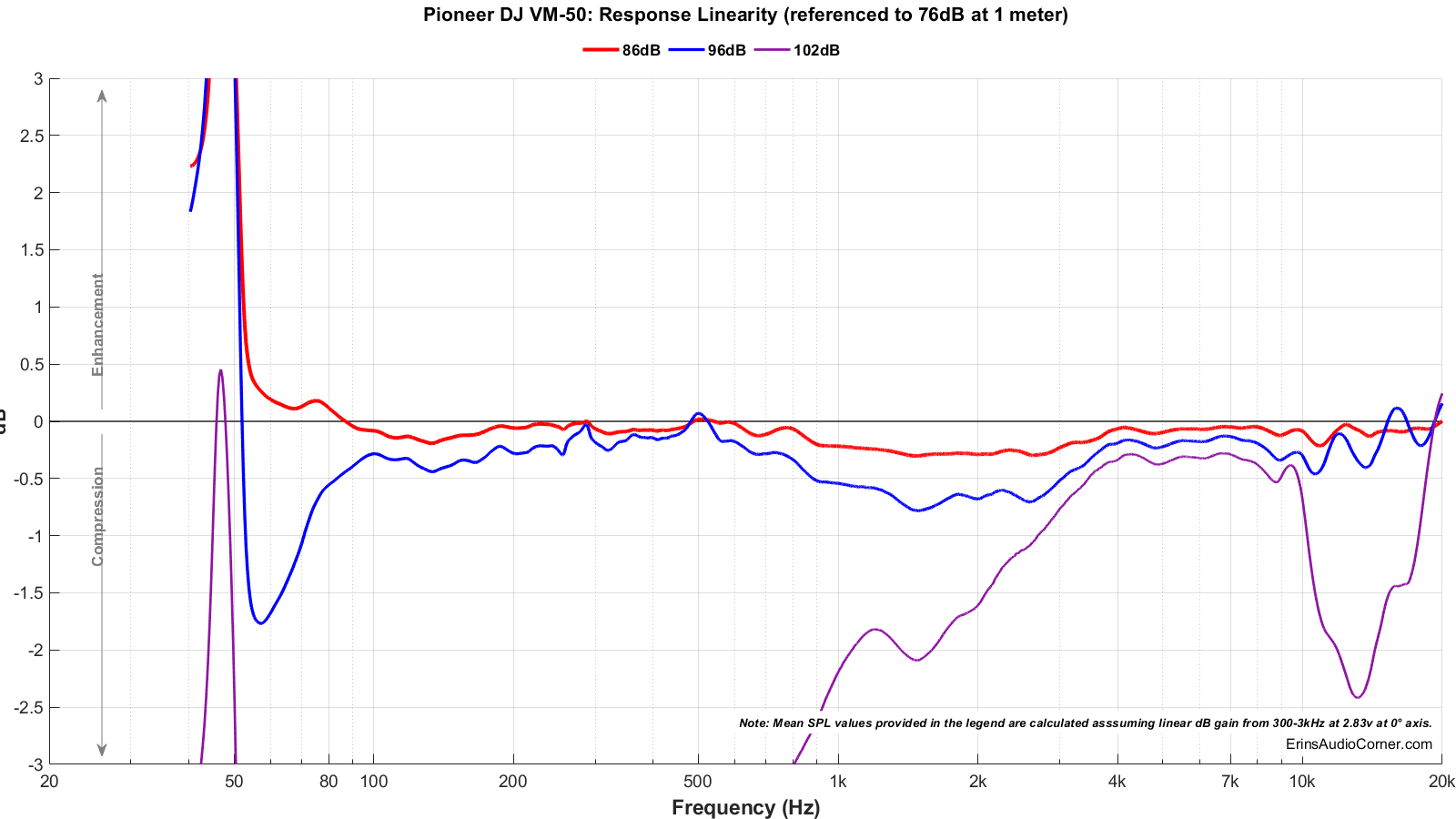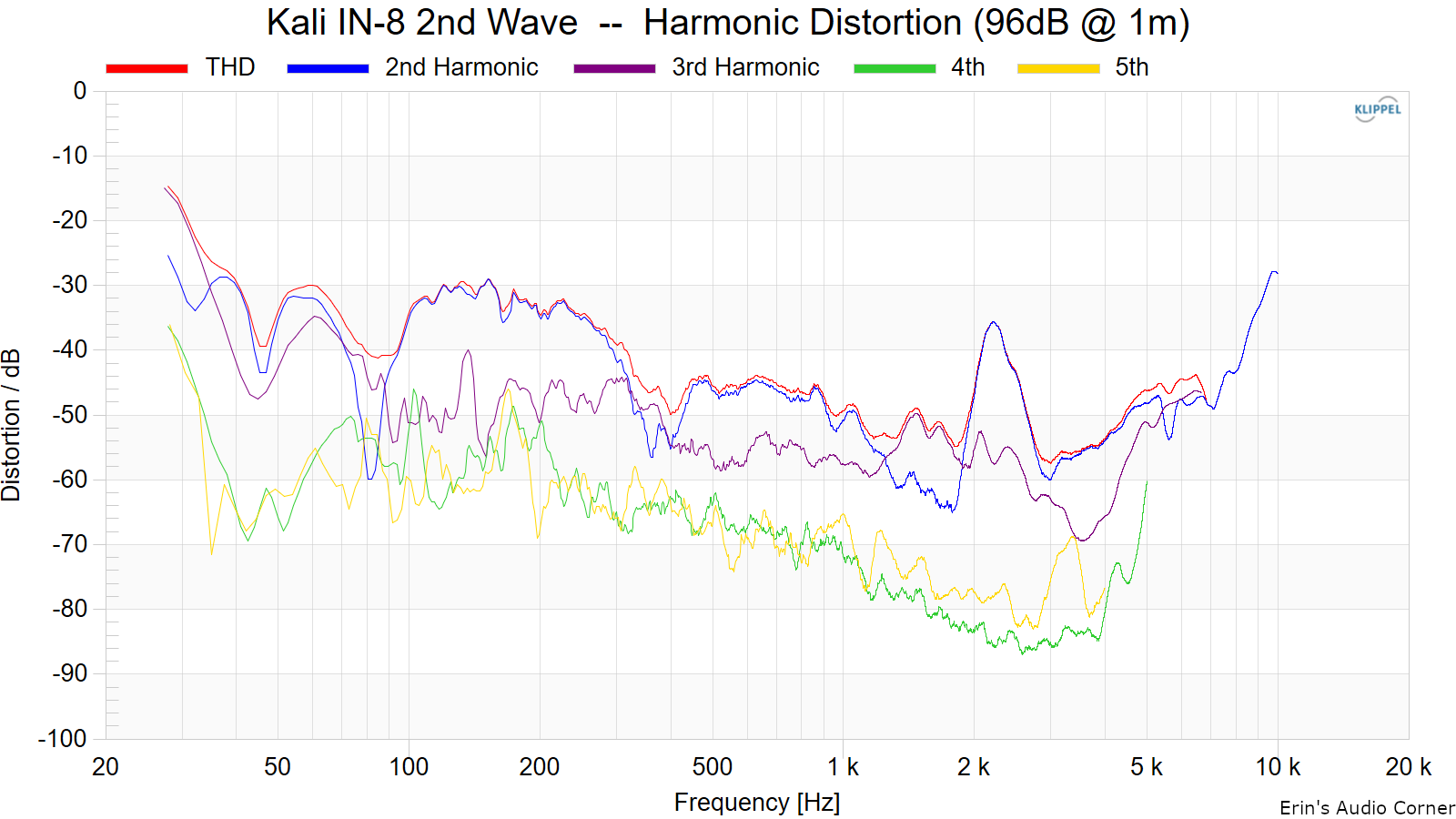These all seem like fine speakers in their respective price range, but I can't see how to easily compare them in terms of usable max spl, in this case around 10 feet. The stated specs for the 2 actives are hard to compare, with JBL appearing to claim higher continuous output than the specs from Kali.
As for the 2 passives, there some but not a lot of discussion about max spls. BTW, I've been curious as there often seems to be more discussion about max spl with actives versus passives (which I understand to some extent given the actives use in studios).
For instance, it seems that passive bookshelves are often expected for use in typical use distances in a home stereo setup, while similarly sized actives are often discussed (again, understandably) with much attention paid to their limitations regarding max listening distance.
But in the end they are all just loudspeakers, no?
Anyway, I think any clarification of this matter might make it easier for at least some to compare this aspect of smaller active and passive speakers for home stereo.
Thanks as always for this most excellent site!!
As for the 2 passives, there some but not a lot of discussion about max spls. BTW, I've been curious as there often seems to be more discussion about max spl with actives versus passives (which I understand to some extent given the actives use in studios).
For instance, it seems that passive bookshelves are often expected for use in typical use distances in a home stereo setup, while similarly sized actives are often discussed (again, understandably) with much attention paid to their limitations regarding max listening distance.
But in the end they are all just loudspeakers, no?
Anyway, I think any clarification of this matter might make it easier for at least some to compare this aspect of smaller active and passive speakers for home stereo.
Thanks as always for this most excellent site!!




